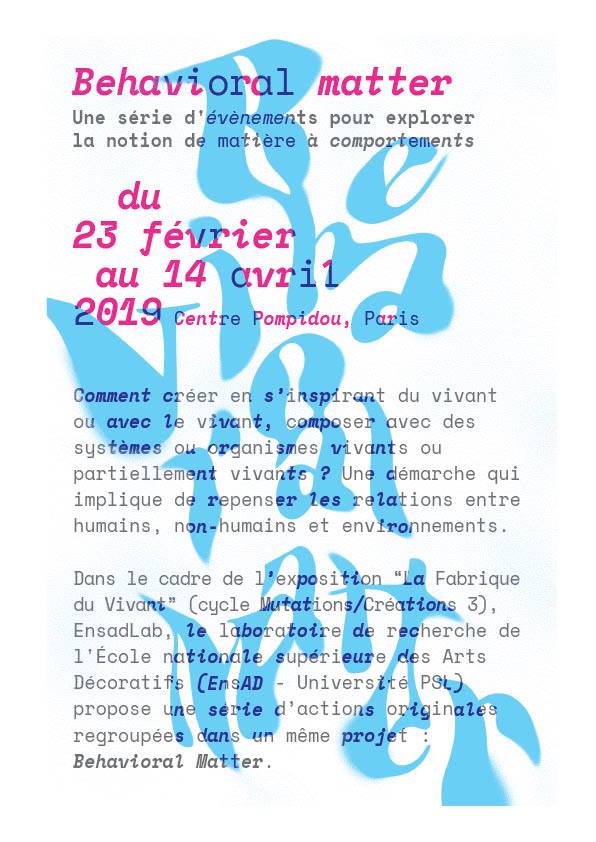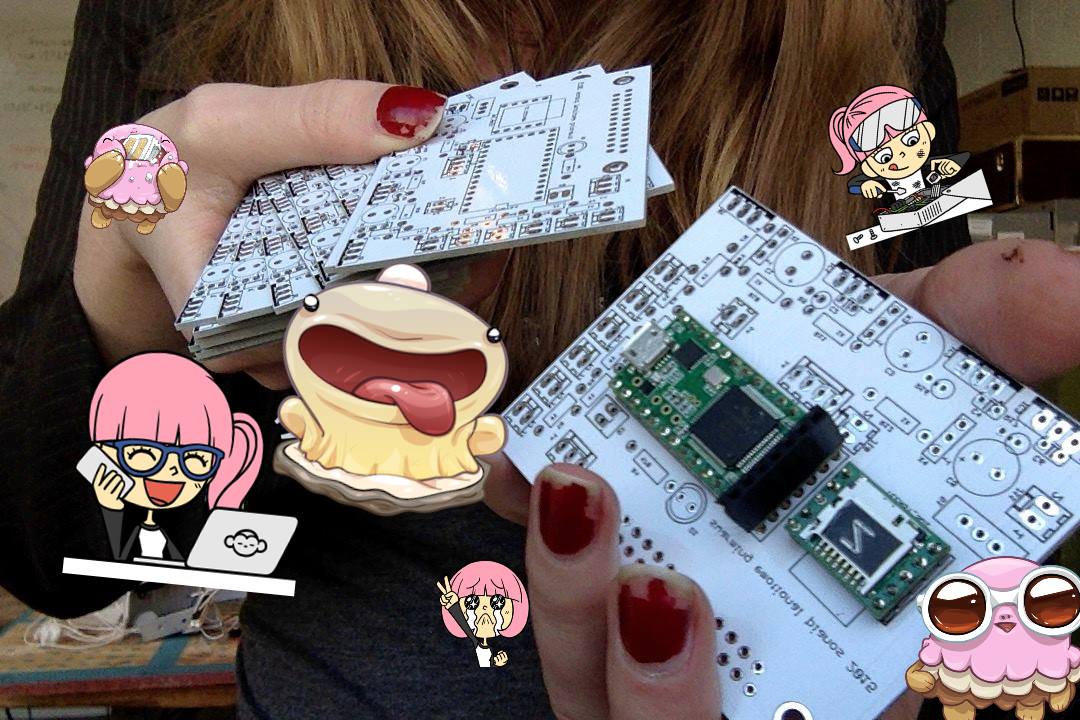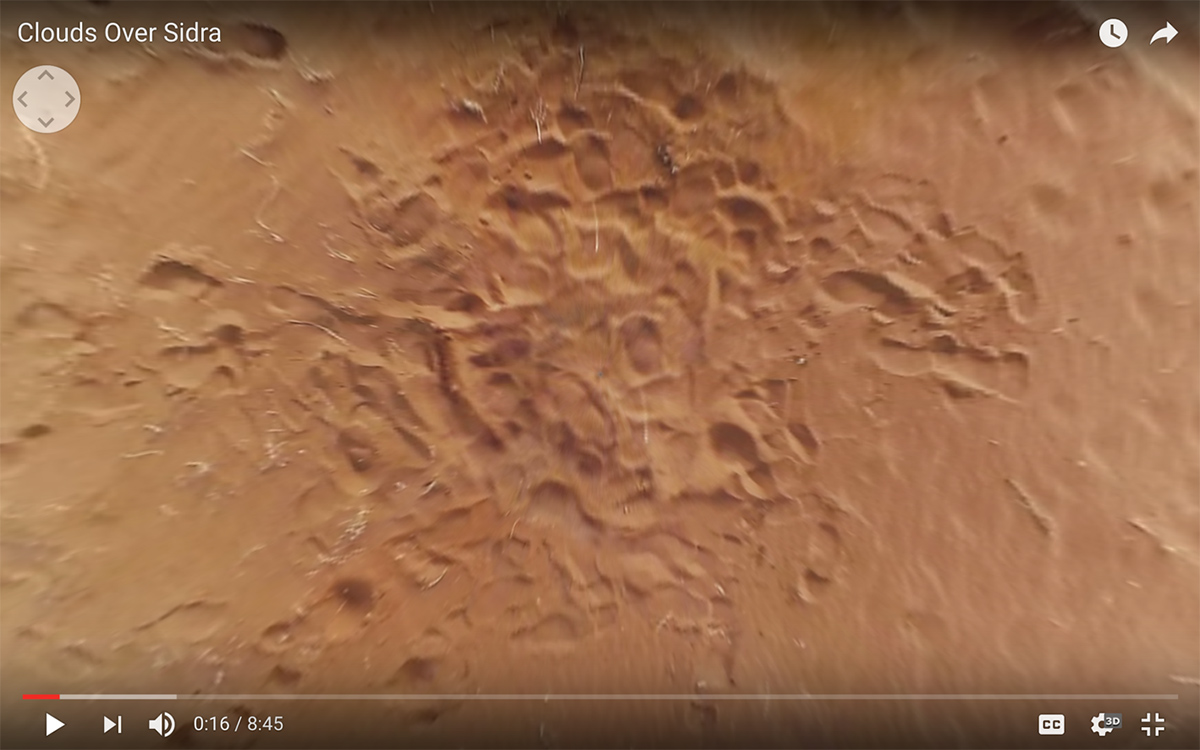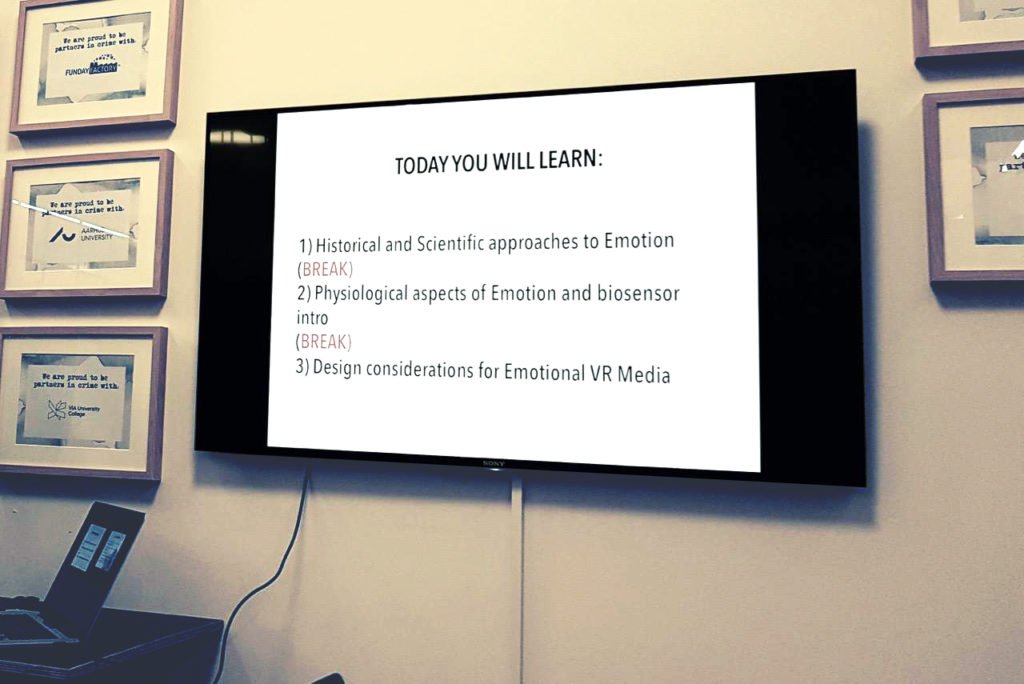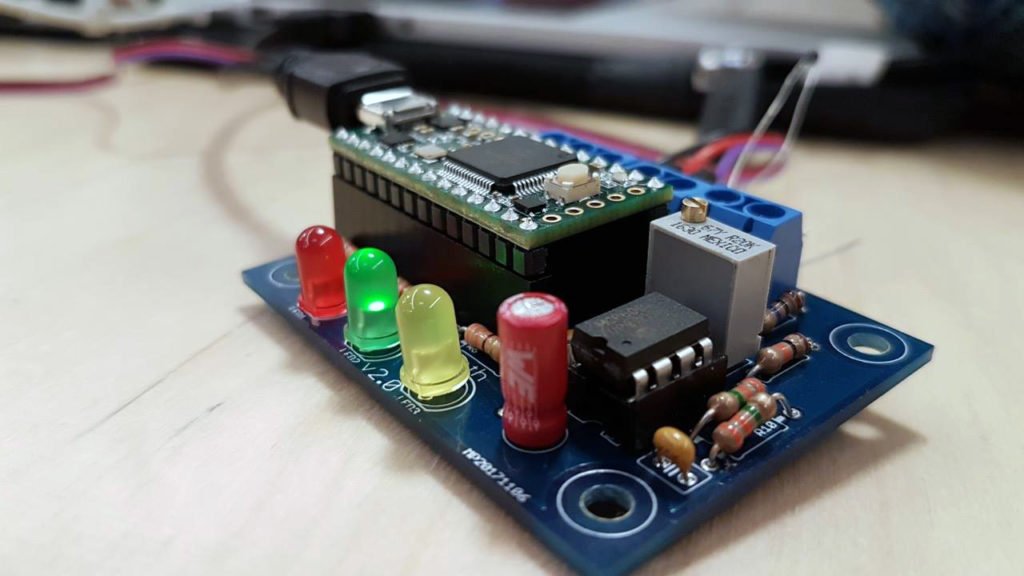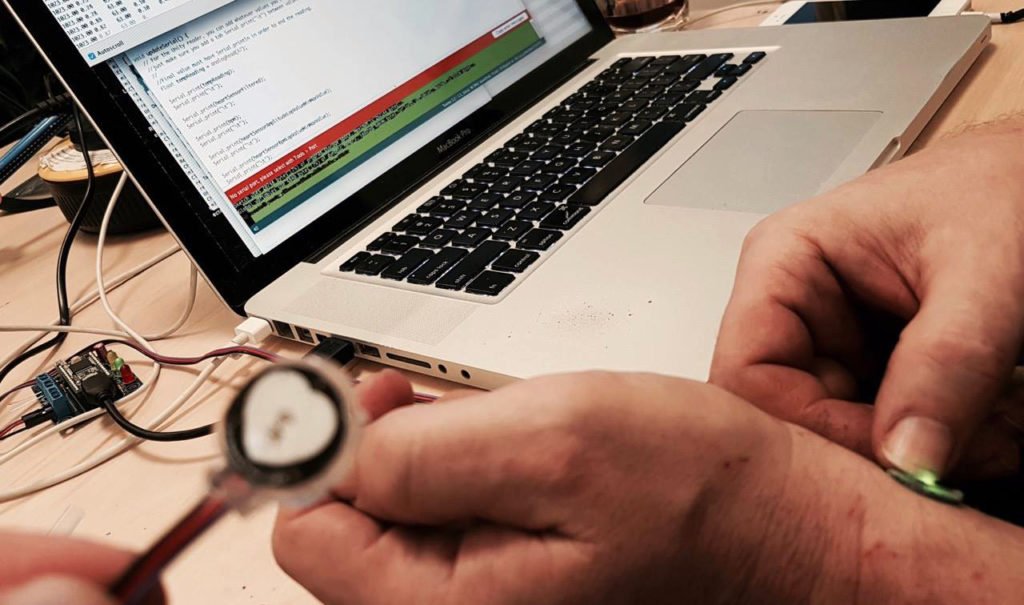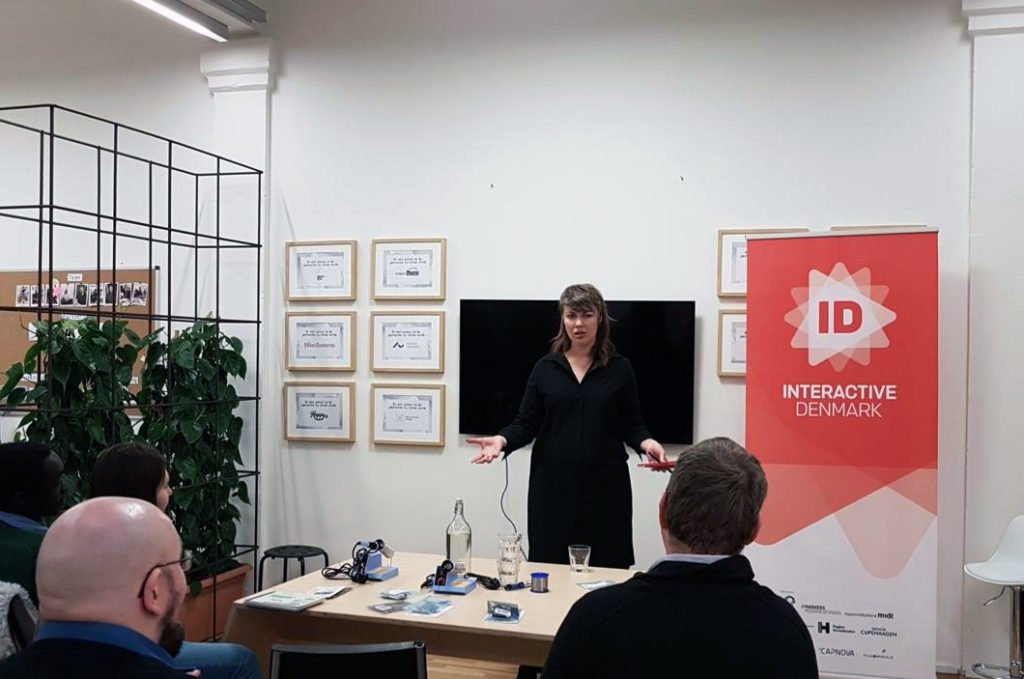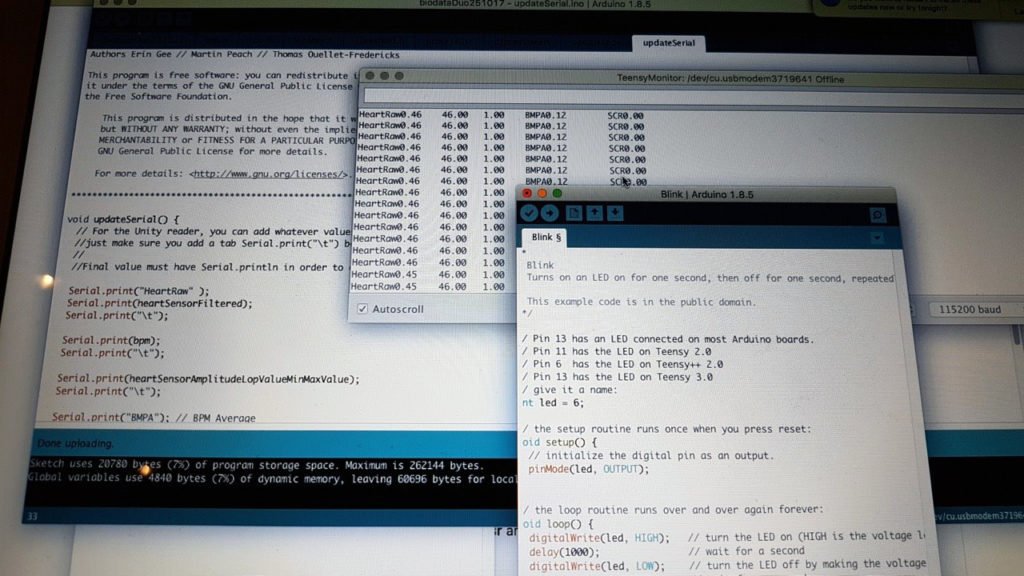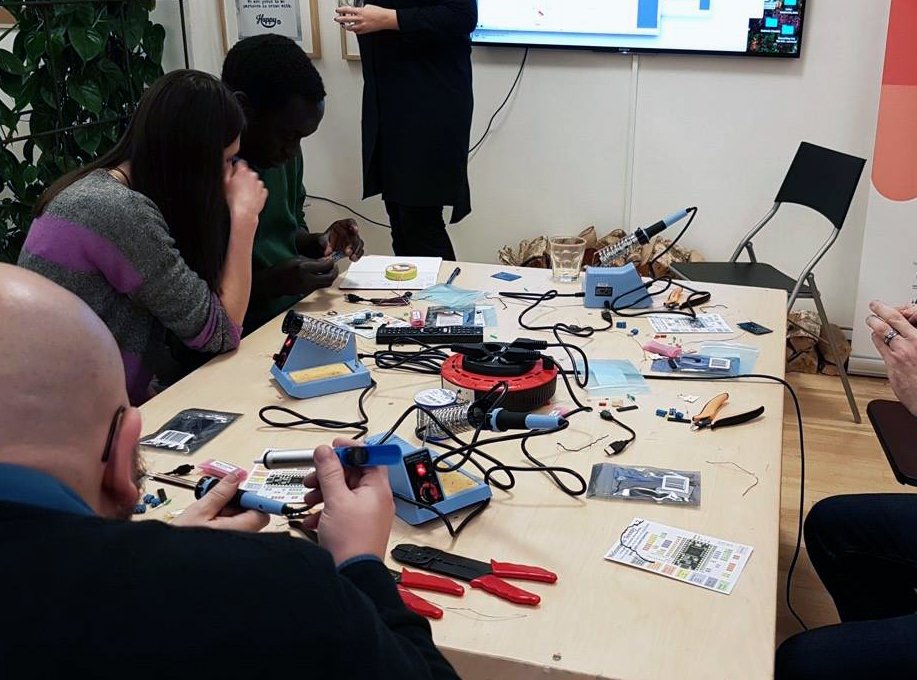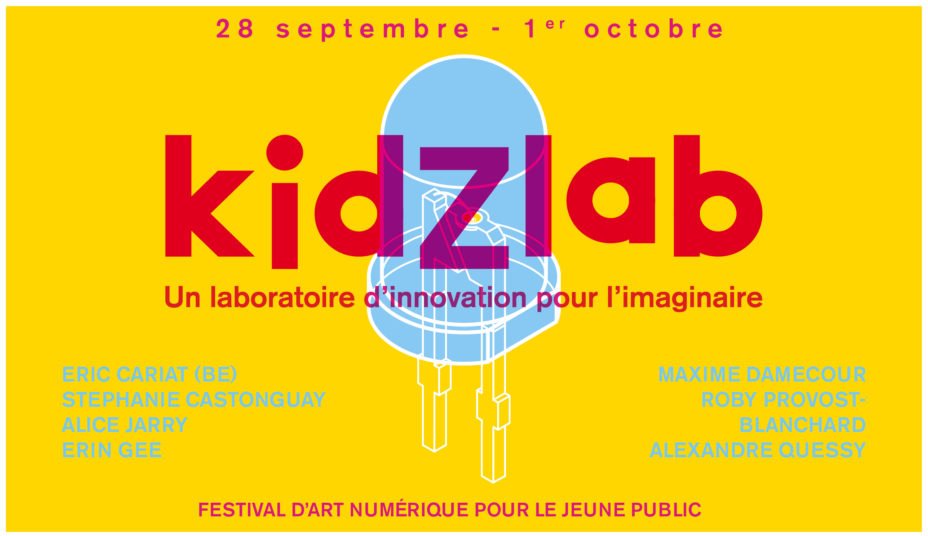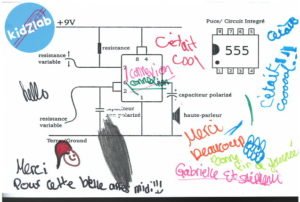Behavioral Matter Workshop Centre Pompidou, Paris
March 15 – 17 2019 :
“Behavioral Matter” : Public research-creation workshop for international participants
I’ve been invited to participate in a big research-creation party at the Centre Pompidou with many fellow digital romantics, post human dreamers and hyper geeks. I don’t have that many details beyond the fact that I’m in a group concerned with inter-species communications, and that perhaps I can collaborate with others to communicate with pigeons through my emotional biosensors, harnessing the power of our emotional bodies to simulate pigeon coos, squawks and wingflaps.
?
I’m excited to see the great exhibition and also to meet some interesting artist-researchers. Information below en français…
15 – 17 mars 2019 :
“Behavioral Matter” : workshop de recherche-création international et public
Au sein du forum du Centre Pompidou, 12 modules thématiques (machine learning, comportement de la brume, internet des objets, matérialisation de données, microbiotes, impression 4D,…),avec la participation de plus de 70 créateurs, chercheurs, étudiants et étudiants-chercheurs.
Centre Pompidou * Forum, en face de la librairie * 11h-19h
Visites organisées les 16 et 17 mars (inscription sur place), restitution publique dimanche 17 mars à 16h.
Le projet “Behavioral Matter“ est mis en place par EnsadLab, le laboratoire de recherche de l’ École nationale supérieure des Arts Décoratifs
(EnsAD – Université PSL, dans le cadre de l’exposition #LaFabriqueduVivant (cycle Mutations/Créations 3), avec le soutien de la Chaire « arts & sciences » de l’École polytechnique, de l’École nationale supérieure des Arts Décoratifs – PSL et de la Fondation Daniel et Nina Carasso et avec le partenariat du Cluster “Matters of Activity. Image Space Material” de Humboldt State University de Berlin et du fonds PERSPEKTIVE pour l’art contemporain & l’architecture, une initiative du Bureau des arts plastiques de l’INSTITUT FRANÇAIS, soutenu par le Ministère de la Culture et le Goethe-Institut.


